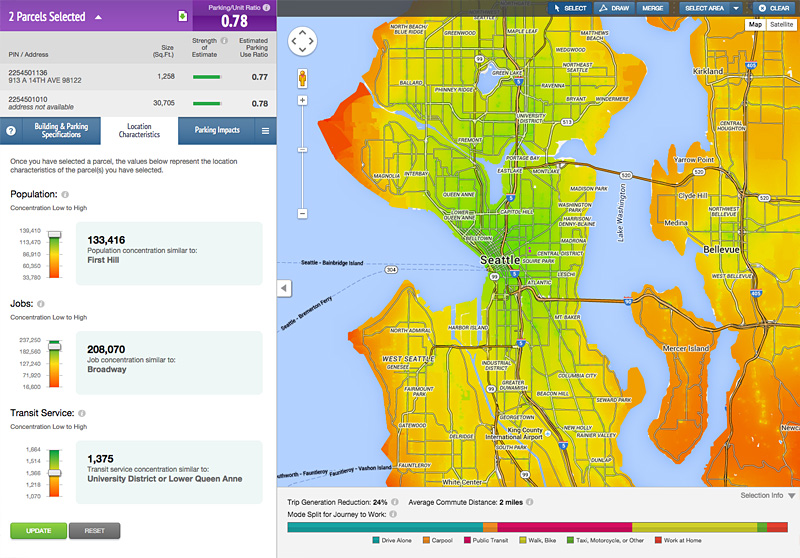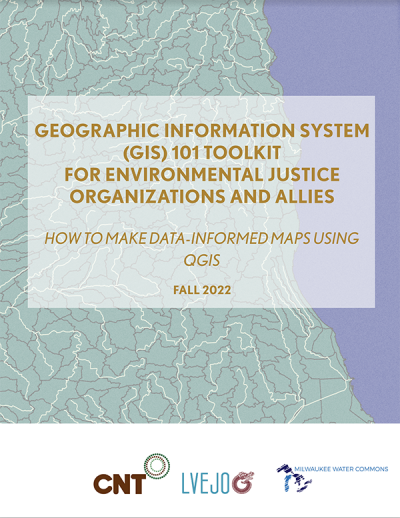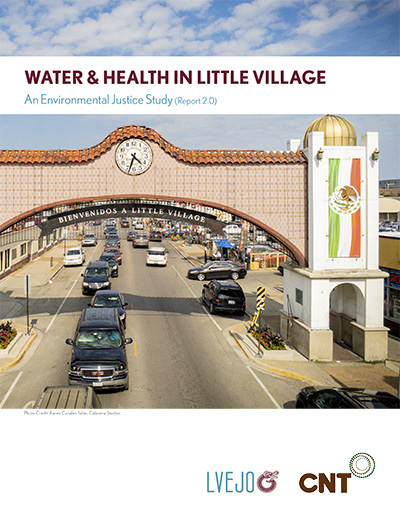This GIS (Geographic Information Systems) 101 Toolkit is intended for use by environmental justice organizations or community groups as well as individuals who are in solidarity with these organizations or groups. The toolkit provides an overview of how GIS can...Read more
Our Work
Topic: Data Analysis
Displaying 11 - 20 of 38Tool
topics: Climate, Data Analysis, Environmental Justice, Green Stormwater Infrastructure, Housing, Urban Flooding, Water
A quantitative and qualitative look at urban flooding that visualizes flooding indicators and urban flooding locations in the Calumet Region of Cook County.
Story
topics: Data Analysis, Environmental Justice, Urban Flooding
CNT’s exploration of urban flooding CNT has worked on urban flooding for several years, focusing specifically on urban flooding because of the realities in Chicago and Illinois more broadly. FEMA's Flood Insurance Rate Maps create floodplains based on flooding from bodies of water. But based on...
Tool
topics: Data Analysis, Equitable Transit Oriented Development, Policy, Transportation
The Washington Transit Access Map allows you to look up information about the type of transit service available in any location in Washington State. The map is tool for advocates, planners, policymakers, researchers, and students interested in understanding where transit is frequent and reliable,...
Publication
topics: Data Analysis, Environmental Justice, Technical Assistance
This GIS (Geographic Information Systems) 101 Toolkit is intended for use by environmental justice organizations or community groups as well as individuals who are in solidarity with these organizations or groups. The toolkit provides an overview of how GIS can be used to supplement organizational...
Story
topics: Data Analysis, Equitable Transit Oriented Development, Transportation
CNT’s H+T® Affordability Index has just been updated, the first update since 2016. For most households in the United States, housing and transportation represent the largest and second-largest expenditures respectively. The H+T Affordability Index combines housing and transportation (driving and...
Project
topics: Data Analysis, Environmental Justice, Green Stormwater Infrastructure, Urban Flooding, Water
Little Village Environmental Justice Organization (LVEJO) and CNT have partnered together to explore the cumulative burden of COVID-19, lack of access to drinking water, and urban flooding, in the Little Village neighborhood, an environmental justice community.
Tool
topics: Data Analysis, Equitable Transit Oriented Development, Housing, Transportation
The Power of Place: This new mapping tool helps compare potential development sites' impact on ESG goals.
Tool
topics: Data Analysis, Equitable Transit Oriented Development, Transportation
Explore New Transit Impact Measures for Virginia’s People and Jobs.
Story
topics: Data Analysis, Equitable Transit Oriented Development
What is ETOD and Why it Matters CNT has been advocating for transit oriented development (TOD) for more than 25 years. TOD looks like dense, pedestrian-friendly, mixed-use projects near train stops that allow people to use transit to access multiple needs like housing, jobs, education, shopping,...
Publication
topics: Data Analysis, Environmental Justice, Green Stormwater Infrastructure, Urban Flooding, Water
Updated May, 2022 This study compares health and water-related conditions in Little Village to the Near North Side, and to Chicago city-wide. Chicago neighborhood data is reported by “community area”: 77 areas with defined boundaries that can include one or more neighborhoods. Little Village is...





 Strengthening Transit Through Community Partnerships
Strengthening Transit Through Community Partnerships











